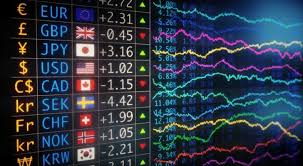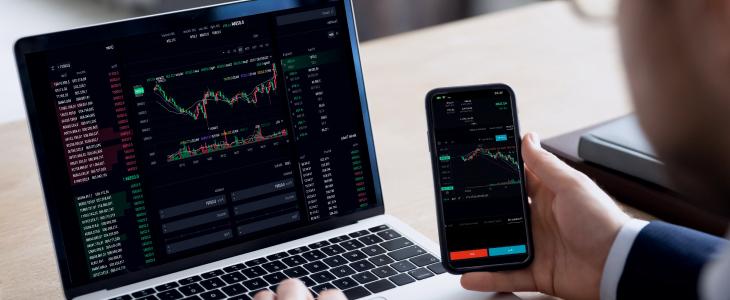Trading3
The Ultimate Guide to Forex Trading Education 1693288172

The Ultimate Guide to Forex Trading Education
In the fast-paced world of finance, forex trading education exglobal.pk has emerged as one of the most lucrative avenues for traders looking to capitalize on the fluctuations in currency pairs. Understanding the intricacies of the Forex market is vital for anyone eager to make a substantial income from trading. This guide aims to equip you with essential knowledge, strategies, and resources to embark on your forex trading journey successfully.
What is Forex Trading?
Forex trading, or foreign exchange trading, involves the buying and selling of currencies in the foreign exchange market with the aim of making a profit. The currency market is the largest and most liquid financial market in the world, with trillions of dollars traded daily. Unlike traditional stock markets, Forex operates 24/5, allowing traders to participate during various global trading sessions.
Understanding Currency Pairs
A fundamental concept in forex trading is the currency pair. Currencies are traded in pairs, with one currency being purchased while the other is sold. The value of a currency pair reflects how much of the second currency is needed to purchase one unit of the first currency. The most traded currency pairs include:
- EUR/USD (Euro/US Dollar)
- USD/JPY (US Dollar/Japanese Yen)
- GBP/USD (British Pound/US Dollar)
- AUD/USD (Australian Dollar/US Dollar)
The Importance of Forex Trading Education
Forex trading can be exceedingly rewarding, but it also carries significant risks. Proper education in forex trading is essential for several reasons:
- Knowledge of Market Trends: Understanding economic indicators and market trends helps traders make informed decisions.
- Risk Management: Learning about risk management techniques can save traders from substantial losses.
- Developing Strategies: Educational resources help traders develop and refine their trading strategies, improving their chances of success.
Key Concepts in Forex Trading
1. Leverage

Leverage allows traders to control a larger position than the actual amount of money they put down. For example, with a leverage of 100:1, a trader can control $100,000 with just $1,000 in their trading account. While leverage can amplify profits, it can also increase losses, so it’s crucial to use it wisely.
2. Margin
Margin is the amount of money required to open a position using leverage. A margin account allows traders to borrow funds from their broker to increase their trading potential. Understanding how margin works is essential to avoid margin calls, which can lead to the liquidation of positions.
3. Pips
A pip (percentage in point) is the smallest price move that a given exchange rate can make based on market convention. Most currency pairs are quoted to four decimal places, so a move in the fourth decimal place represents one pip.
Developing Your Trading Skills
Education is not just limited to theoretical knowledge. Here are some practical ways to enhance your trading skills:
- Demo Trading: Start with a demo account to practice your trading strategies without risking real money. It’s a great way to gain experience and confidence.
- Join Trading Communities: Participate in forums and groups where you can share insights and learn from experienced traders.
- Read Books and Articles: Immerse yourself in reading books, articles, and online resources focused on forex trading.
- Technical and Fundamental Analysis: Learn both technical analysis (charts, indicators) and fundamental analysis (economic news) to make informed trading decisions.
Common Trading Strategies
Effective trading requires a good strategy. Here are some popular trading strategies used by forex traders:
- Scalping: Scalping involves making multiple trades throughout the day to capture small price changes. This strategy requires a strict exit strategy and discipline.
- Day Trading: Day traders buy and sell currencies within the same trading day to capitalize on short-term price movements.
- Swing Trading: Swing traders hold positions for several days or weeks, trying to profit from expected upward or downward market shifts.
- Position Trading: Position trading is a long-term strategy where traders hold positions for weeks, months, or even years based on fundamental analysis.
Conclusion
Forex trading presents tremendous opportunities for those willing to educate themselves and invest time in refining their strategies. By gaining a solid understanding of market dynamics, employing proper risk management, and continuously developing your skills, you can enhance your chances of becoming a successful forex trader. Remember that no strategy is foolproof, and ongoing education is the key to adapting to the ever-changing forex landscape. For more resources, consider exploring reputable platforms and communities that can further your learning journey in forex trading.

